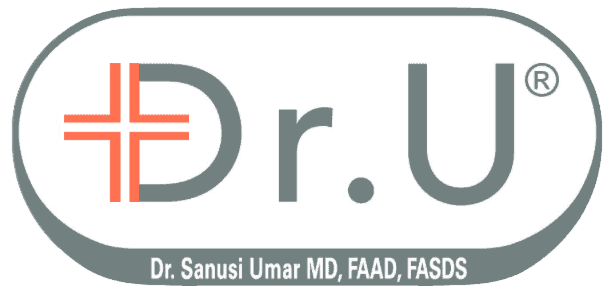The use of Botox for crows feet and upper facial wrinkles, such as the forehead worry lines, has become increasingly common for addressing early-stage creases. This female patient from Beverly Hills, Los Angeles, is one such example. Although her crow’s feet and forehead lines were still minor, she felt dissatisfied with the appearance of these lines and sought treatment with Botox by Dr.U.
For this patient’s procedure, Dr. U applied Botox for crows feet to the orbicularis oculi muscles. He also injected the frontalis muscles responsible for raising the eyebrows and thus form worry lines on the forehead.
Beverly Hills, Los Angeles Patient Before Her Treatment With Botox for Crows Feet
Here are photos of the patient before her procedure with Dr. U. She was mainly concerned with the dynamic, mobile creases which appeared when she squinted, smiled, or raised her brows. But also, she was unhappy with the development of static etched lines on the skin while at rest. Besides reducing the wrinkles, she also wanted to keep them from becoming larger and deeper.

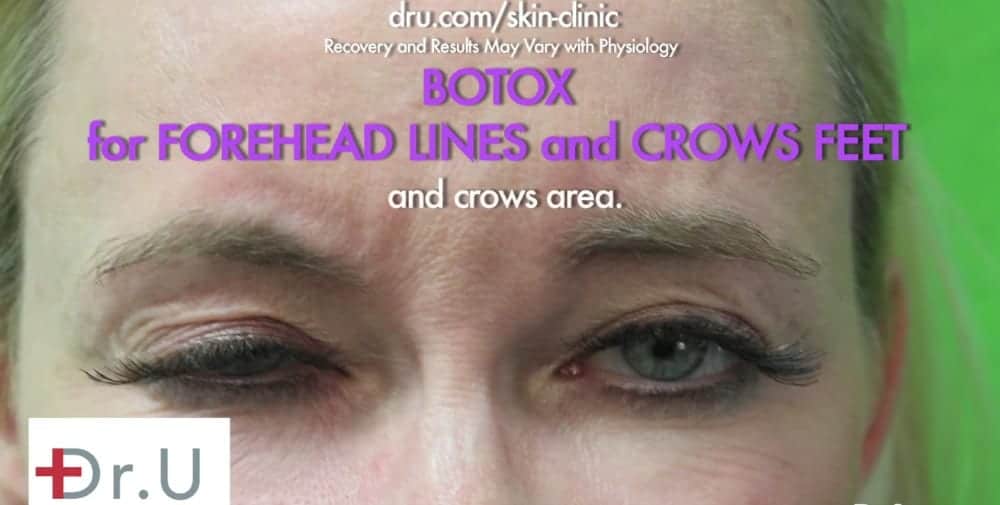
Does Botox Prevent Wrinkles From Getting Worse?
This patient is one example of individuals who decide to choose neuromuscular injections to treat the mild onset of wrinkles.
Botox can offer a preventative, long-term form of intervention. The best time to start this is when the first signs of fine lines on the face appear.
Besides improving dynamic, moving wrinkles, it’s possible for Botox to actually reverse mildly etched static wrinkles in cases where the skin has retained much of its youthfulness and elasticity, as with this particular patient.
As a wrinkle prevention treatment, Botox can retrain the muscles to contract less intensely over time.

Since our muscles work in pairs, relaxing one will activate the opposite muscle to help counterbalance undesired creasing of the skin or droopiness of the eyebrows, which results from aging. The muscles and nerves learn to adopt new patterns of contractions.
The use of Botox to address crow’s feet, forehead wrinkles, or frown lines earlier in life does not necessarily mean that a patient will become dependent on years and years of treatments. In fact, many men and women can rely less on injections over time.
When using Botox as a preventative measure, patients also need to focus on maintaining or improving the skin’s elasticity while using other dermatological treatments that rejuvenate the skin itself. As the skin loses its ability to bounce back, it will develop etched lines, which may gradually become more severe.
Wrinkle prevention with Botox would involve the daily use of sunscreen with an SPF of 30 or higher to protect against the damaging effects of sun exposure. Other considerations might include boosting collagen production using laser treatment or using a topical retinol product to help improve the rate of skin cell turnover.
Dr. U would be able to help make the right set of recommendations for individual patients.
Check our patient result gallery!
Procedure Photos – Botox for Forehead Wrinkles and Crows Feet

Dr.U skillfully applied Botox to improve the patient’s crow’s feet and horizontal forehead lines. He also made sure that the outcome was as natural-looking and undetectable as possible.
How Dr. U Avoids Bad Botox
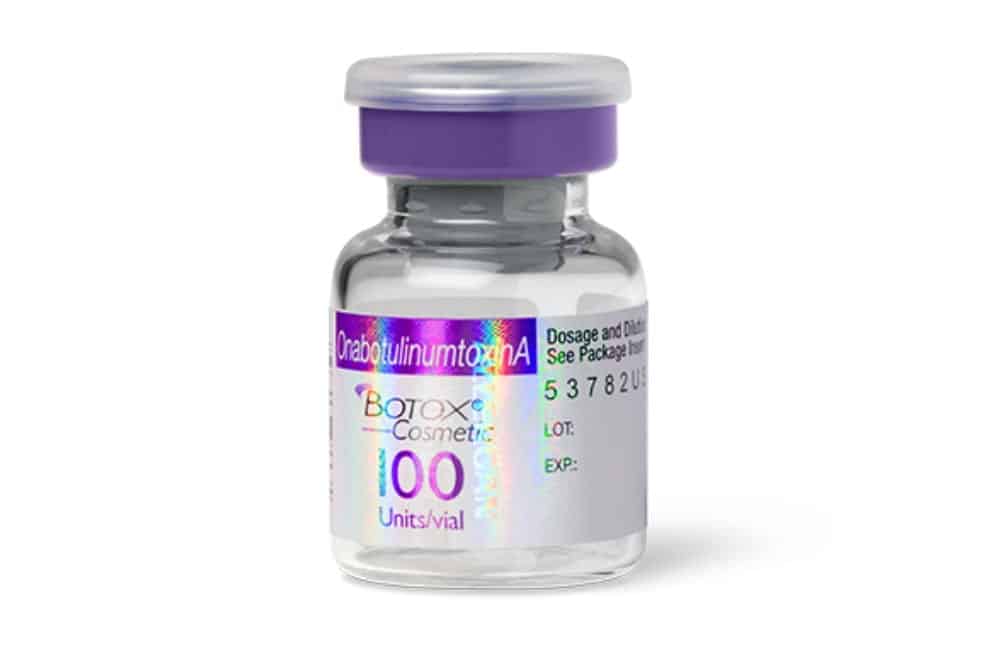
Poorly applied Botox for crows feet, forehead worry lines, and other applications are often the result of templated, one-size-fits-all approaches. But the reality is that every person has different facial characteristics, not only in terms of features but also the anatomy and behavior of the muscles.
Dr. U carefully studies each individual, like this patient from Beverly Hills, to customize strategies, techniques, and dosages to help them look their personal best.
As a highly experienced, board-certified dermatologist, Dr.U is familiar with the exact location of specific facial muscles and understands their contraction patterns and how they work as antagonistic, opposite pairs.
Instead of relying on a standardized strategy, Dr.U evaluates the patient’s facial movements to identify problem areas where muscles are contracting too strongly precisely.
He then devises a personalized strategy with a clear final vision for the patient in mind. This involves:
- pinpointing precise injection points
- anticipating the behavior of the opposite muscle
- determining the right amount of Botox to apply
When using Botox to improve forehead wrinkles, Dr.U determines an appropriate dosage to avoid an unnatural, frozen appearance that is very noticeable and a major concern for patients.
Applying too much product is one of the main culprits behind bad Botox. This impairs not only facial expressions but also creates unwanted wrinkles in non-treated areas.
Also, erroneously high dosages may lead to muscle atrophy over time. This will cause the face to look more aged due to the loss of facial volume.
When using Botox for crows feet, Dr. U avoids placing the injections too low on the face, which can impact the cheek muscles and the muscle regions near the tear trough. This can result in a chipmunk-like appearance and prominent eye bags.
Dr. U’s Botox Patient Before and After Crows Feet Treatment
These side-by-side comparison images show the patient before her procedure and her results two months afterward.
The etched, resting lines around her eyes no longer seem apparent after using Botox for crow’s feet.

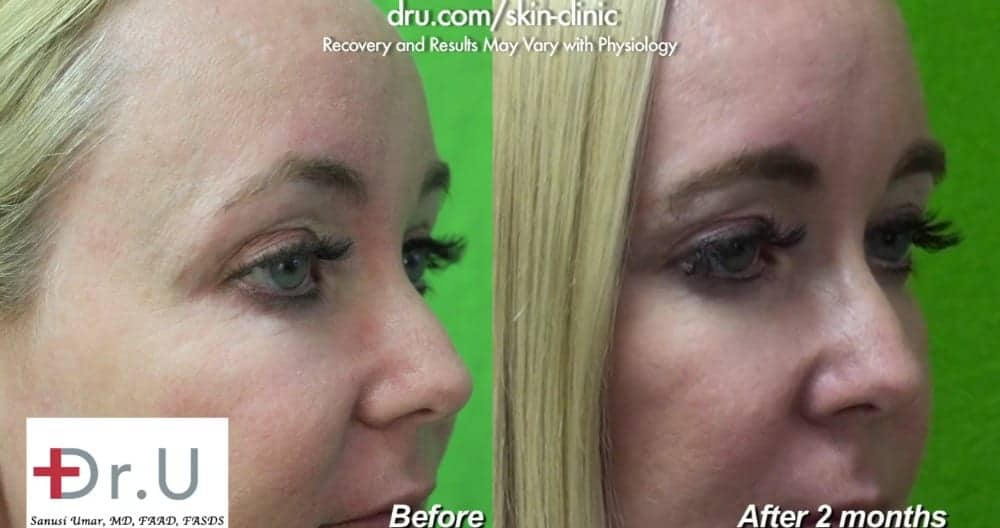
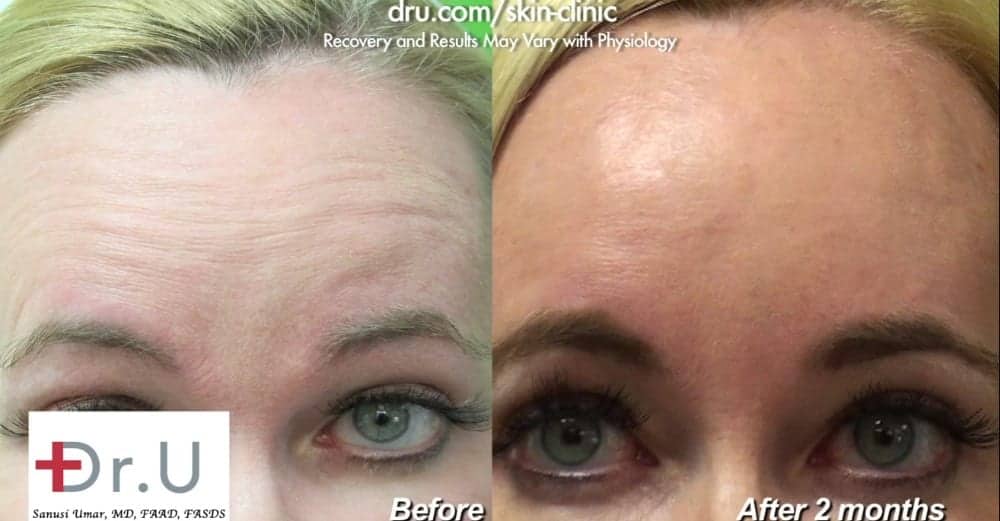
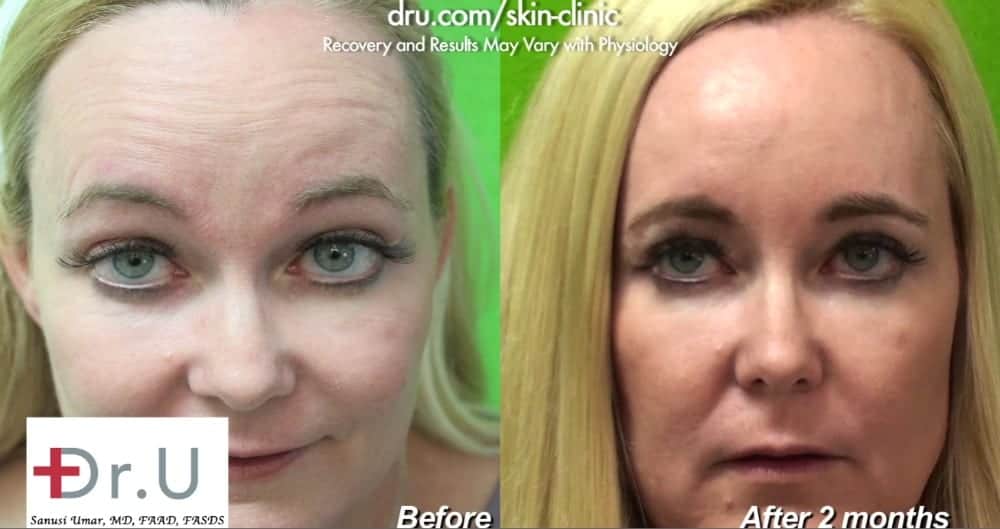
Video – Botox for Crows Feet and Forehead Wrinkles
Watch this patient’s video to see how her Botox treatment succeeded at resolving the problem issues of crow’s feet and forehead lines while maintaining a natural-looking appearance.
If you are considering Botox to treat crow’s feet, forehead wrinkles, or other issues, feel free to submit photos and details about your concerns to Dr. U through our complimentary online consultation system.
Beyond Wrinkles – Botox May Benefit Your Emotional Health
A 2020 study by Scientific Reports looked at 40,000 Botox patients who received injections in the forehead, neck, limbs, and bladder. These individuals reported significantly less depression compared to other subjects who received different forms of treatment for these same issues. Researchers initially thought that Botox injections in the forehead disrupted facial expression nerves responsible for angry or depressed emotions.
Though applications of Botox currently include wrinkle treatment, hyperhidrosis, and treating muscle spasms, researchers are now looking into the possible anti-depression effects of this famous neuromodulation.
Frequently Asked Questions – Botox for Crows Feet Wrinkles and Forehead Worry Lines
How many units of Botox are needed for crow’s feet?
To treat crow’s feet wrinkles, the FDA recommends about 12 units of Botox on each side of the face. However, dosages can vary for individual patients. For example, female patients may receive 4-20 units, and males may require 10-30 units.
How many units of Botox are needed for the forehead area?
Usually, patients can expect to receive between 10-15 units of Botox for the forehead area.
Which is better, Botox for crow’s feet and forehead wrinkles or Dysport or Xeomin?
The choice of Botox, Dysport, or Xeomin will depend on factors like onset, duration, and overall desired results for individual patients. This is largely due to how their immune systems react to the presence or absence of proteins surrounding the core botulinum toxin molecule.
If one brand fails to deliver the desired performance, Dr. U may recommend a different related product.
How long will Botox last in the crows’ feet area?
Botox usually lasts about 4 months in the crows’ feet area. But average duration times may differ for individual patients.
Check our patient result gallery!
How long will Botox last in the forehead?
In the forehead region, Botox tends to last about 3 months. Again, the exact time frames for individual patients will depend on how their immune system tolerates the drug.
Still, have questions about using Botox for facial lines in general? Click the button below to ask Dr. U:
References
- Makunts, T., Wollmer, M.A. & Abagyan, R. Postmarketing safety surveillance data reveals antidepressant effects of botulinum toxin across various indications and injection sites. Sci Rep 10, 12851 (2020).
Further Reading
Discover what this patient of Dr. U had to say about his experience with Dysport versus Botox.
See how this patient found a Botox alternative in the dermal filler Belotero.
